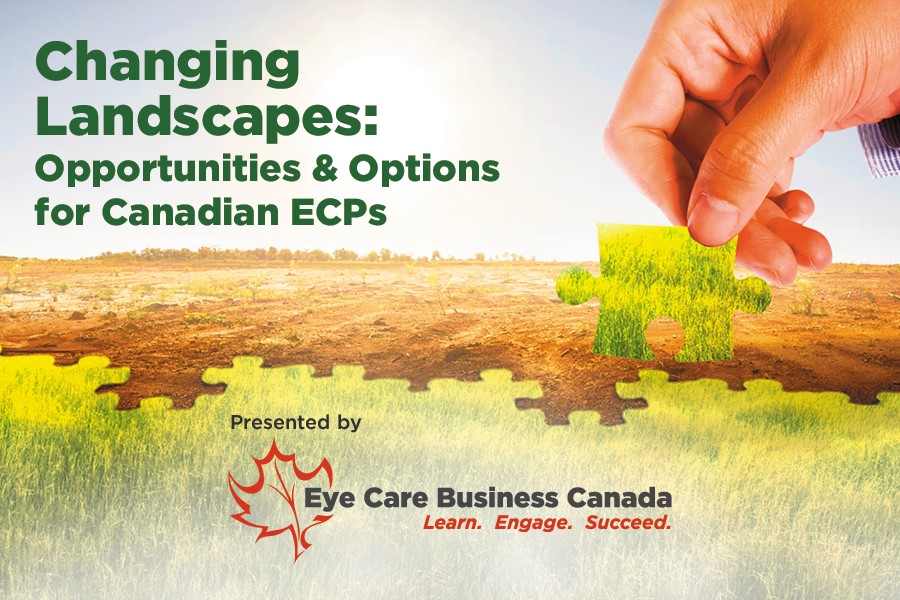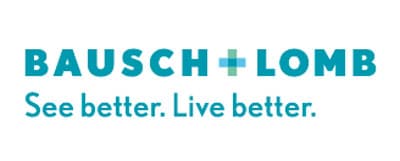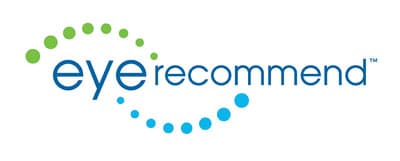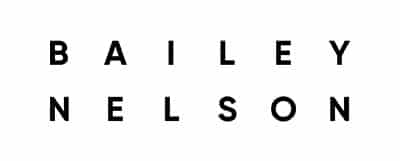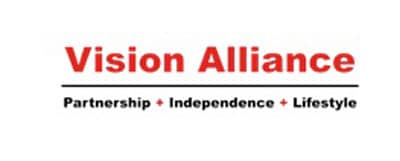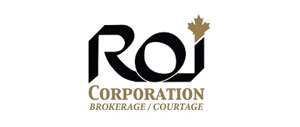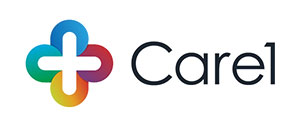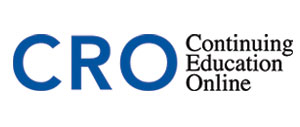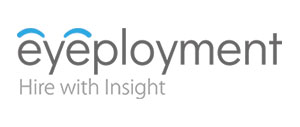
It’s time for us all to stop dancing around a critical issue and discuss the unmentionable. Ask yourself – are your employees, especially managers, serving you well or holding you back?
Here’s the deal. There’s a widening gap between what we ask our staff to do and where their real value lies, and in a market where attracting, engaging, and retaining talent has become a critical strategic imperative for so many organizations, we must stop politely looking the other way.
Most Managers are Good People
This is especially important for the managers. Your practice may have an official office manager by title or one that is appointed a leader amoung equals. And, many of these are great people who churn out consistently superior results.
They share one important thing in common: they are managers of people, stewards of the human element first and doers of tasks second.
They focus on optimizing the fit and chemistry within the team and are obsessive about maintaining respectful, supportive relationships, both individually with each member of their team and among members of the team. There’s no room for misalignment, cross purposes, or unhealthy conflict on a winning team. They are masters of relationship and fit.
Yes, I said it “AFZ”
Let me say that again – the primary role of a manager must be that of master of relationship and fit. If an organization is serious about keeping their best people and engaging them fully, one key imperative must be to create and maintain an AFZ (Asshole-Free Zone).
It’s not terribly technical, but everyone understands and identifies immediately with the concept and its importance. We have all experienced working with a great manager and with a not so great manager at different points in our career, and we can quickly identify how our energy, productivity and commitment to excellence was different in each circumstance.
Your managers will make or break you. They are either talent magnets, or talent repellent. You probably also know who falls into which camp – and if you don’t, it’s not hard to find out.
Check your turnover rates, your your error rates, your attendance records, the comments about your company on Glass Door, or better yet, have a coffee with some of your folks and ask them straight up. Always do an exit interview.
An astonishing number of organizations we speak with know exactly who their ‘problem’ managers are, and yet they rationalize it. They turn a blind eye to the problem, ignoring it entirely.
‘Bob’s been here since day one, he knows our whole process is technically very sound’, they might say, or ‘I know he’s hard to get along with, but … [insert excuse #23]’.
Don’t kid yourself. The costs of failing to maintain a firm AFZ policy are all over your P&L; you just need to have the eyes to see them.

TIM BRENNAN
is Chief Visionary Officer with Fit First Technologies Inc, the creators of Eyeployment, TalentSorter and Jobtimize.




















